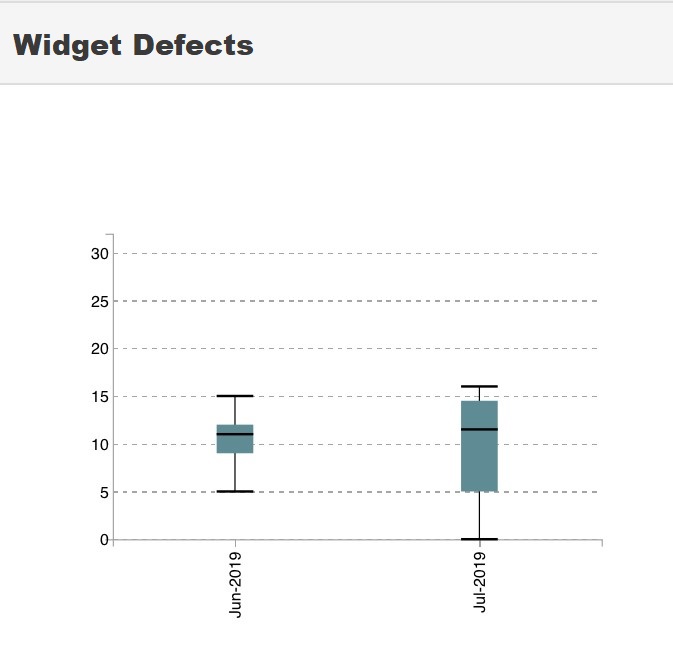
The challenge of goal setting
‘How do you set goals to account for peoples' tendency to overestimate what’s possible in the short term but underestimate what's possible in the long term?’
That’s a question that a client asked in their performance management design workshop recently.
Here’s what we came up with, and then how that concept applied to another customer to reposition an unrealistic goal that everyone ignored.
Client #1 - Brainstorming the low water mark.
Setting goals for performance measurement in the short term, with long term breakout performance in mind, is never going to be achieved with a forecasting approach.
In an ambitious and continuously improving environment, targets might change in-flight. We agreed that workers should not feel like the goalposts are shifting to help them fail, but rather they should feel like a success; that the new goal is a reflection of the previous goal which seemed like a stretch at the time now being taken for granted.
This led to the idea of a target being set as a goal to beat and not a goal to achieve. The target would be a minimum acceptable level of performance.
We called this level the low water mark.
As people on average beat the low water mark, it changes to reflect there is a new minimum acceptable level of performance to beat. Importantly when this happens, workers have already demonstrated that it can be beaten so the change doesn't feel like a setup.
The beauty of this approach is that it’s agile, yet also psychologically safe.
When the goal changes, a good number of people are already meeting the new low water mark before it is set as a new standard of performance for all.
Successful performance is consistently beating the low water mark.
Client #2 - Resetting the impossible goal
The second client had been using the Pay Compliment platform for a set of annual reviews.
We were meeting to look at insights from the data that this yielded (incidentally, they, like most other organisations had never looked at collective performance review data for patterns of performance and opportunities before).
The discussion moved to a specific KPI that people were not meeting. Managers were advising their people to ignore it because it simply could not be met.
We talked about the low water mark approach and how it could apply in this case.
The client had collected recent actual performance from their review process so they had data to base a low water mark on.

Let’s say the impossible goal was a widget defect level of 8.
The actuals show the median level of performance is currently 11 (see this post for an explanation of how to read bar and whisker charts)
Using a low water mark approach, the goal would become to beat a widget defect level of 11 (not 8). The difference is that not beating 11 is now a coachable level of performance. It's not ok! We know that 11 is realistic because more than half of workers are beating it already.
As more workers beat 11, the median average comes down to 10. That becomes the new low water mark and the new goal becomes to beat a widget defect level of 10.
Now let’s suppose that the top-performing quartile can’t improve widget defect levels more. The median gets stuck at 10. This tells us we have a systemic problem with the ultimate goal of 8. This is not a human performance management problem, it’s a process issue. By seeing the best performance, alongside the average performance and outliers, we have the opportunity to look deeper at the systemic changes needed to get closer to our ultimate goal. Until those systemic issues are addressed the low water mark remains unchanged and reflects the organisations collective personal best.
Measuring momentum for high performance
Besides looking at absolute performance, this approach also looks at change in performance over time.
Long-range performance achievement is a facet of how often the low water mark shifts. The more frequently ‘the goal to beat’ changes, the better the progress to those long-range achievements that few would believe are possible.
How do you manage for unbelievable results over the long term without creating unrealistic expectations and stress in the short term?
We’d love to know your approach. Please leave us your thoughts in the comments.